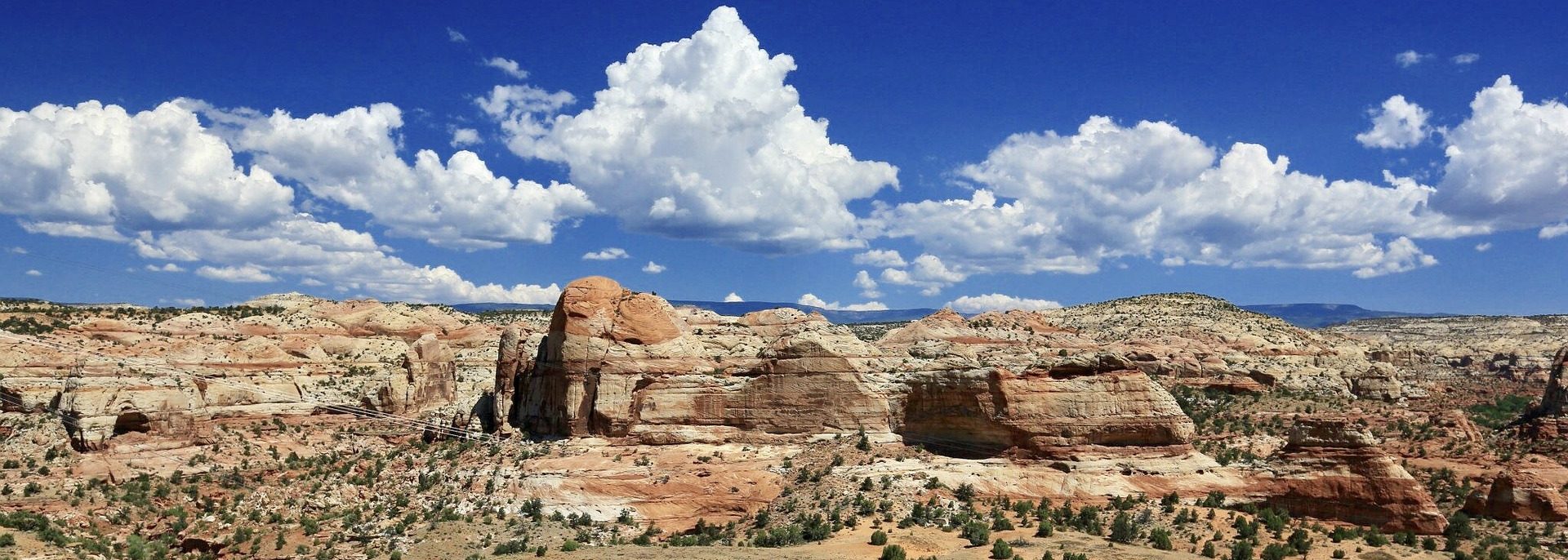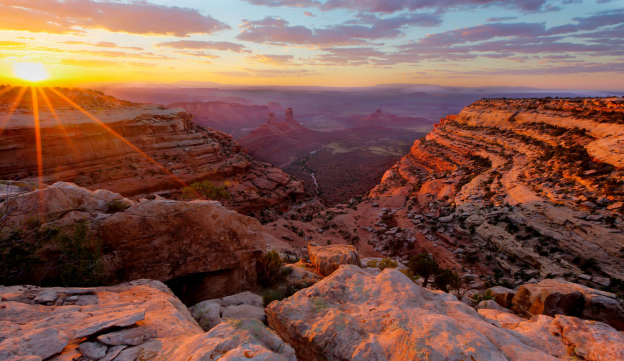Public land ownership is an integral part of being a citizen in the United States. The preservation of public land is the responsibility of the federal government but public lands are available for use by everyone. All United States citizens technically own this land and have a say through voting as to what is done with federally managed land. Prior to The Antiquities Act of 1906, much of America’s public land was unorganized and mismanaged. On June 8, 1906, President Theodore Roosevelt signed the Antiquities Act into law. This established the first general legal protection of American public lands and natural resources. The National Park Service states that the Antiquities Act “obligates federal agencies that manage the public lands to preserve for present and future generations the historic, scientific, commemorative, and cultural values of the archaeological and historic sites and structures on these lands.” (NPS) This Act came from Roosevelt’s concern that many important historical and archeological sites would be lost to the development and expansion of the United States. Roosevelt used this new presidential authority to establish Devils Tower in Wyoming, which became the first national monument. (Vincent 2016, 2)
While the designation of public land remains in the hands of the executive branch of the government, its management is broken up into many different state and federal organizations. Four federal land management organizations manage the majority of Americas public land, the Bureau of Land Management (BLM), the Fish and Wildlife Service (FWS), and the National Park Service (NPS) which are part of the Department of the Interior (DOI), and the Forest Service (FS) which is part of the Department of Agriculture. (Vincent et al 2017, 2) The Department of Defense also hold a significant portion of federal land for military use and the rest of federally managed land is broken up and overseen by smaller agencies such as the Farm Service Agency and the Animal and Plant Health Inspection Service.
The original purpose of the National Parks Service was to make sure that America’s treasures would be properly maintained and available for use by everyone. These parks allow visits a unique opportunity to view untouched landscapes home to many different species of animals and plants. While much of the world’s natural resources and wildlife have deteriorated over time, the National Parks Service along with many other conservation organization in the United States attempt to slow this process. While ultimately many of these resources and animals will disappear or go extinct, the National Parks Service’s goal is to maintain them for as long as possible for appreciation by future generations. These organizations in place to manage these parks aim to conserve scenery, natural historic objects and wildlife for enjoyment and appreciation by visitors from around the world.
The conservation of some of America’s national monuments has been called into question by President Donald Trump and Ryan Zinke, his Secretary of the Interior. They have proposed drastic reductions of both Bears Ears and Grand Staircase-Escalante national monuments. The cutbacks of Bears Ears and Grand Staircase-Escalante national monuments infringe upon the religious freedoms of Native Americans and are an overreach of presidential authority. The United States Constitution provides an ethical framework for how the country should be run. These reductions violate both the Constitution’s preservation of religious freedom, as well as its checks and balances on the three branches of the United States’ government. Rather than attempt to remove these national monuments on his own, Trump should leave the fate of these monuments up to Congress. Congress then would be able to work with both conservation groups and the Native American tribes affected by the proposed reductions in order to devise an ethical solution which avoids destruction of important Native American religious sites. In order to combat this overreach of executive power and the environmental devastation that will come as a result of allowing oil and gas industry to take over America’s public land, the Bureau of Land Management (BLM) should assemble a team of scientists to determine the most appropriate land for conservation in order to come up with a solution that pleases both environmentalists and oil and gas companies.

